Search
Did you mean: Great Wall of China?
Search Results
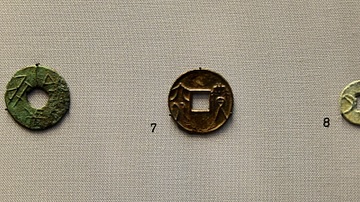
Image
Round Coins from Ancient China
During the Warring States period, some States issued round coins with a round or squared hole in the middle. The inscription usually indicates the weight or value. 6. Coin with weight in jin, Wei State. 7. Coin with value in huo, Qi State...
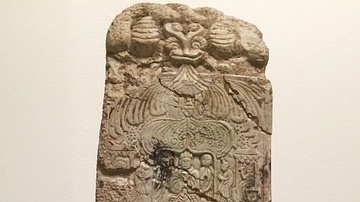
Image
Buddhist Stele from Wei Dynasty China
The portative stele depicts scenes from the life of Buddha. It was made from white marble in northern China during the Northern Wei dynasty (386-524 CE). A date marker on this stele indicates that it was created during the first year of the...
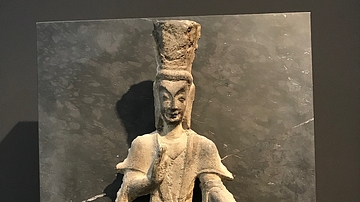
Image
Maitreya Votive from Ancient China
This votive of Maitreya, the Buddha of the future as a bodhisattva, dates from the early 6th century CE during the Northern Wei Dynasty, and it is made of chalkstone. It comes from the Longmen Cave Temples in China's Henan province. (Museum...

Video
The Lives of Women in Ancient China
In Ancient China, it was widely known that it was better to be born a male than a female. To be born a female meant being subordinate to one’s father, then to one’s husband and if a wife became a widow, then she would be subordinate to her...
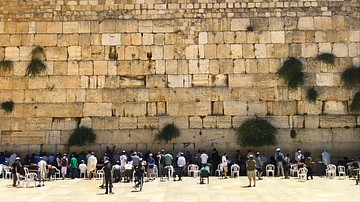
Image
Western Wall in Jerusalem
The Western Wall in Jerusalem has been the center of Jewish learning and memory for over 2,000 years. As the only fragment of the Great Temple to survive the Roman destruction following the Great Jewish Revolt of 66 CE, the wall is omnipresent...
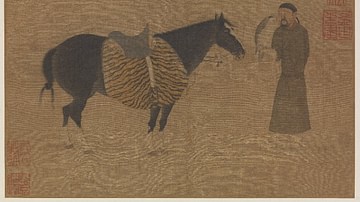
Definition
Jurchen Jin Dynasty
The Jurchen Jin dynasty (meaning “Golden”) ruled parts of China, Mongolia, and northern Korea from 1115 to 1234 CE. The Jurchen originated from Manchuria, but in conquering the neighbouring Liao empire of the Khitan and parts of Song China...
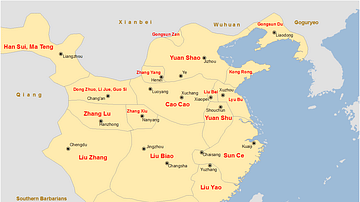
Image
China Warlords, 2nd-3rd century CE.
A map showing the territories of the main Chinese warlords at the fall of the Han dynasty in the early 3rd century CE.
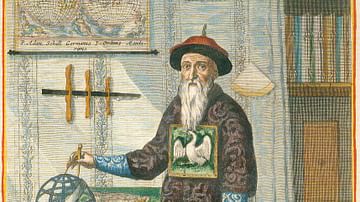
Article
Jesuit Influence on Post-medieval Chinese Astronomy
Ancient China had seen little Western contact before the 16th century CE, the language, culture and science all being allowed to develop independently of foreign influence. By the time European Jesuit missionaries arrived in the 16th century...
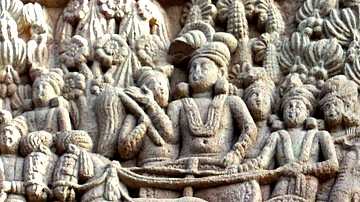
Definition
Ashoka the Great
Ashoka the Great (r. 268-232 BCE) was the third king of the Mauryan Empire (322-185 BCE) best known for his renunciation of war, development of the concept of dhamma (pious social conduct), and promotion of Buddhism as well as his effective...
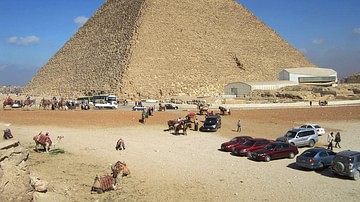
Definition
Great Pyramid of Giza
The Great Pyramid of Giza is a defining symbol of Egypt and the last of the ancient Seven Wonders of the World. It is located on the Giza plateau near the modern city of Cairo and was built over a twenty-year period during the reign of the...